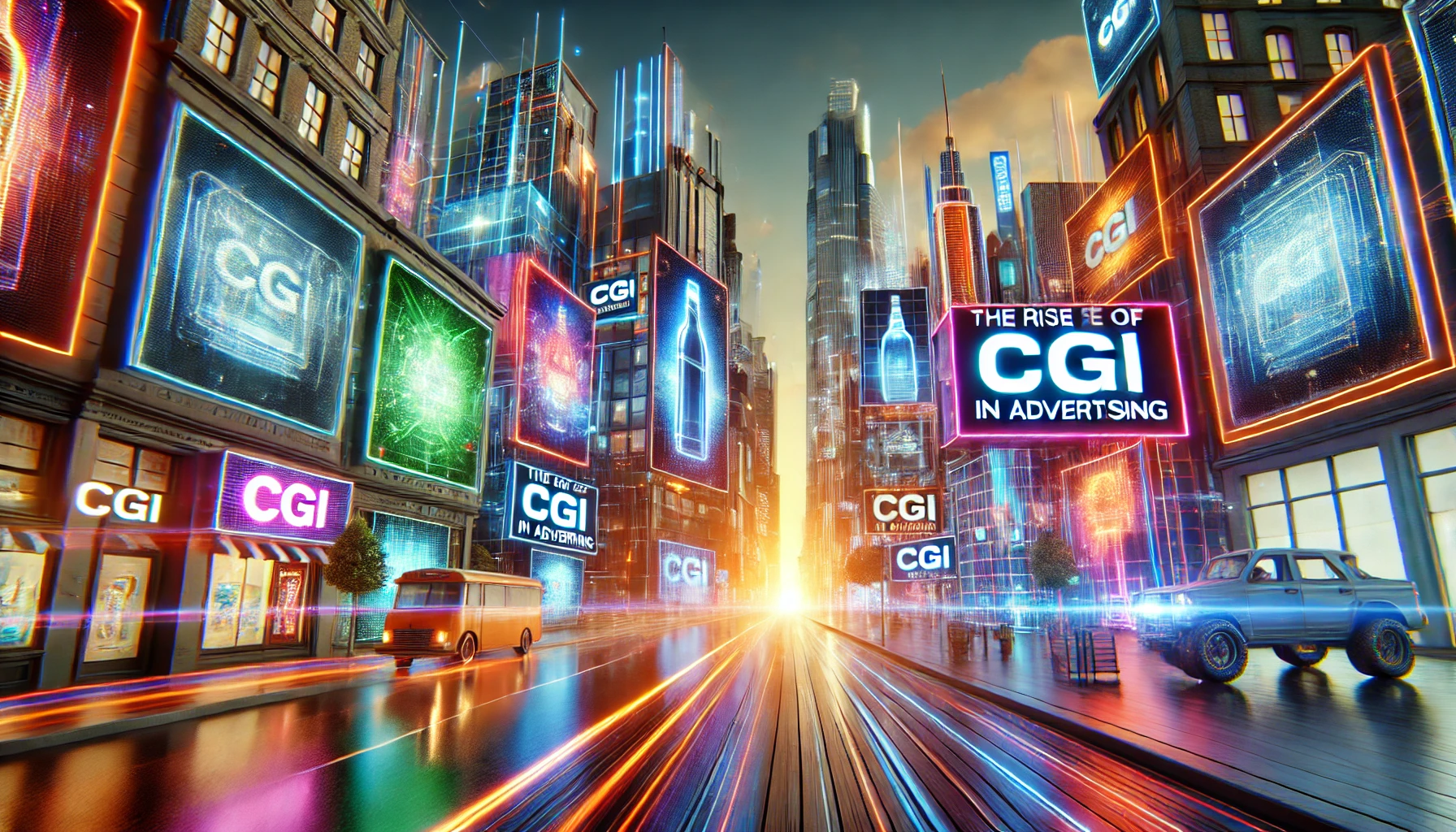The Rise of CGI in Advertising: How Brands Are Using CGI to Stand Out
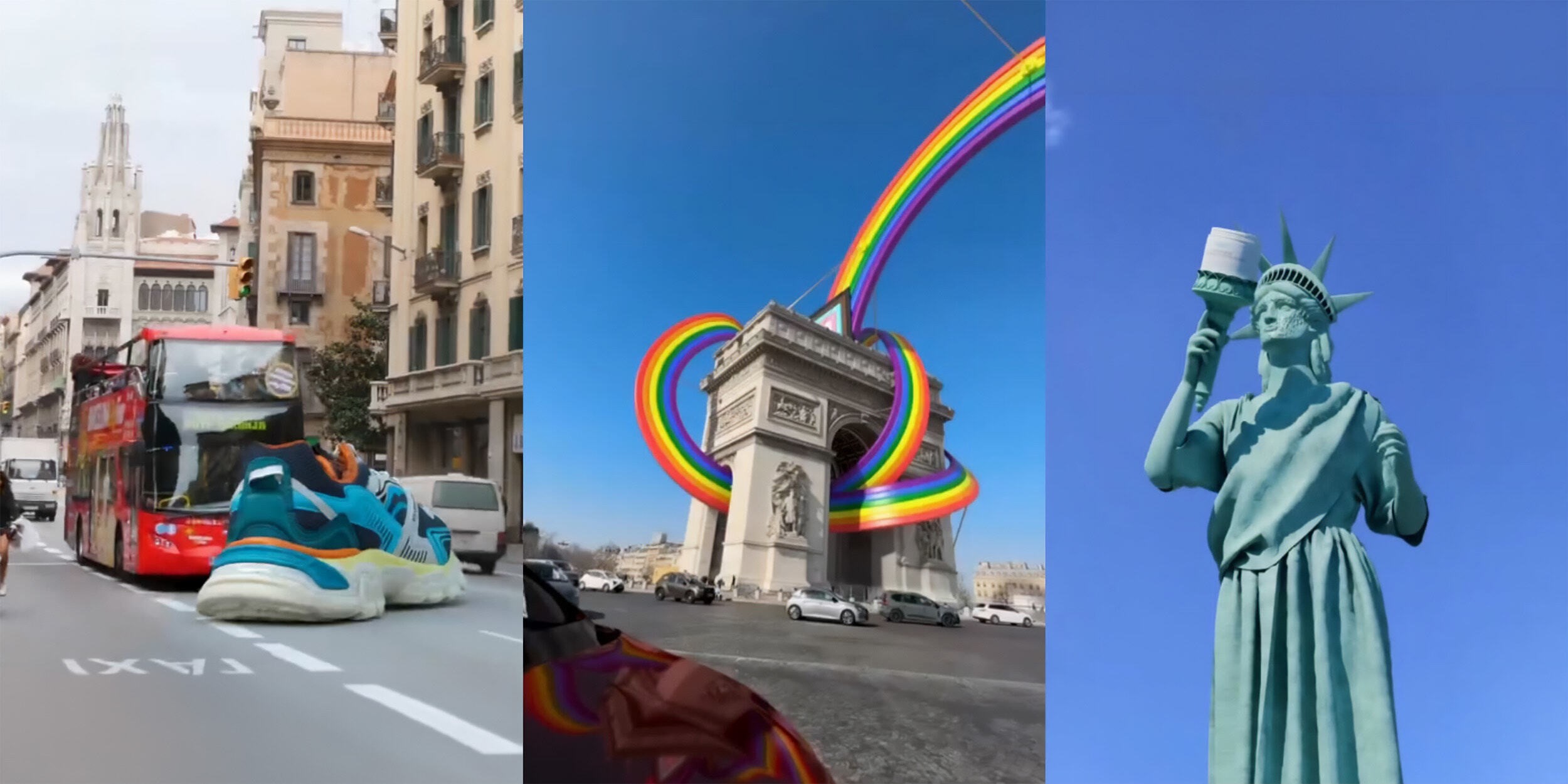
Introduction
Computer-generated imagery (CGI) has effectively become an influential tool in CGI marketing, as well as, CGI advertising for modernizing how brands develop and show visual content and images. CGI advertising is termed the utilisation of digital technology to develop realistic pictures and environments, enabling organisations to highlight products and services uniquely and imaginatively. From futuristic vehicle advertisements to hyper-realistic fashionable campaigns, CGI marketing provides overall possibilities for unique expression and customer base involvement.
Brands are moving forward to CGI marketing because it offers scalability, as well as, cost-efficiency in comparison to outdated photography and videography. Despite costly photoshoots and videos, CGI advertising enables limitless design flexibility, that supports brands in accomplishing their marketing targets while decreasing the production price factor. It is highly advantageous for sectors such as automotive, fashion and technology, where the capability to develop comprehensive visualization of products is effective. The benefits of CGI in advertising are effectively clear, it improves creativity and enables organisations to stand out in the crowded field of market area. As more sectors adopt computer-generated imagery in ads, it is highly evident that the future of marketing with CGI is positive, with organisations highly dependent on digitalised innovation to hold customer base attention.
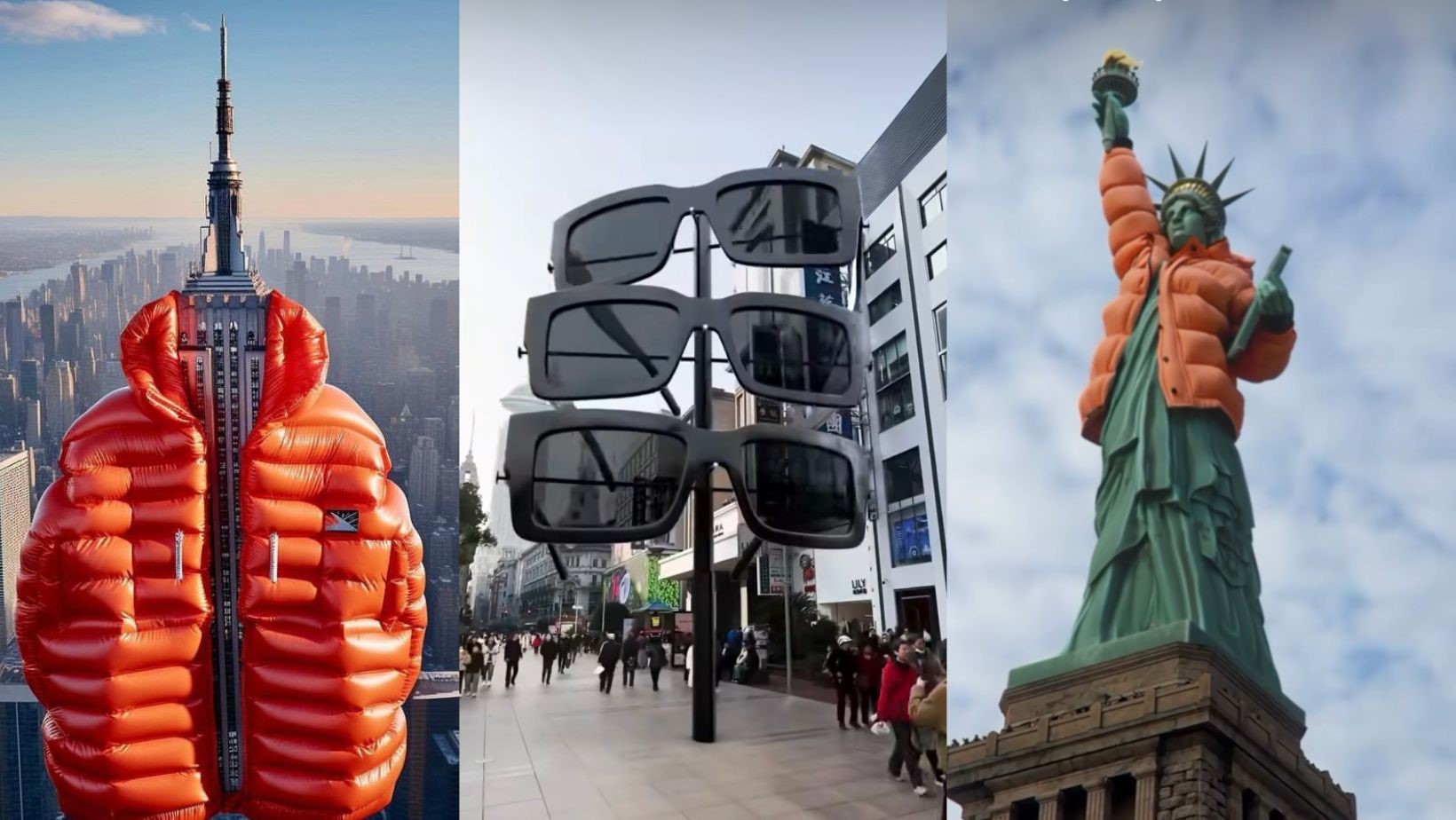
What is CGI Advertising and Marketing?
CGI advertising is termed the utilisation of computer-generated imagery in developing digitalised content for marketing and advertising purposes. Contrasting outdated photography and videography, where physical items and cases should be held, CGI marketing enables brands to develop overall digital but realistic depictions of products and services. It offers brands with adaptable tool for virtual storytelling, allowing them to highlight items and services in various ways that are highly expensive with outdated methods.
The key benefit of CGI marketing is its capability to generate comprehensive and realistic visuals, as it is used in CGI product visualization. For instance, automotive brands effectively utilise CGI advertising to show new models of cars in the contemporary environment without requiring the capture of locations. Likewise, fashion organisations can develop digitalised fashion events and virtual fitting trial rooms by using the CGI method that enables the consumer base to directly interact with the products through online mediums.
The control along flexibility that CGI advertising provides make it an influencing option for the dealers who want to push their innovative limits. By preventing the boundaries of physical creation, brands can create virtual shopping marketing campaigns that involve the customer base on a deep level and make CGI product visualization a fundamental asset in dynamic marketing tactics.

Why CGI Marketing is the Future of Visual Content Creation
The maximising dependence on CGI advertising across sectors like technology, fashion and automotive is reforming how brands develop virtual content. Furthermore, CGI marketing enables organisations to develop realistic and innovative advertisements that push their innovation boundaries. It is generally eye-catching in industries where the virtual impact is highly significant, like luxury vehicles, where exclusively representing products is significant for brand differentiation. Organisations are identifying that the future of marketing with CGI holds their capability to create virtually striking and groundbreaking content without any sort of physical boundaries of outdated production. By suitably incorporating the CGI marketing trends, brands can develop digitalised assets that can be suitably adapted across diversified channels from social media platforms to print and television advertisements.
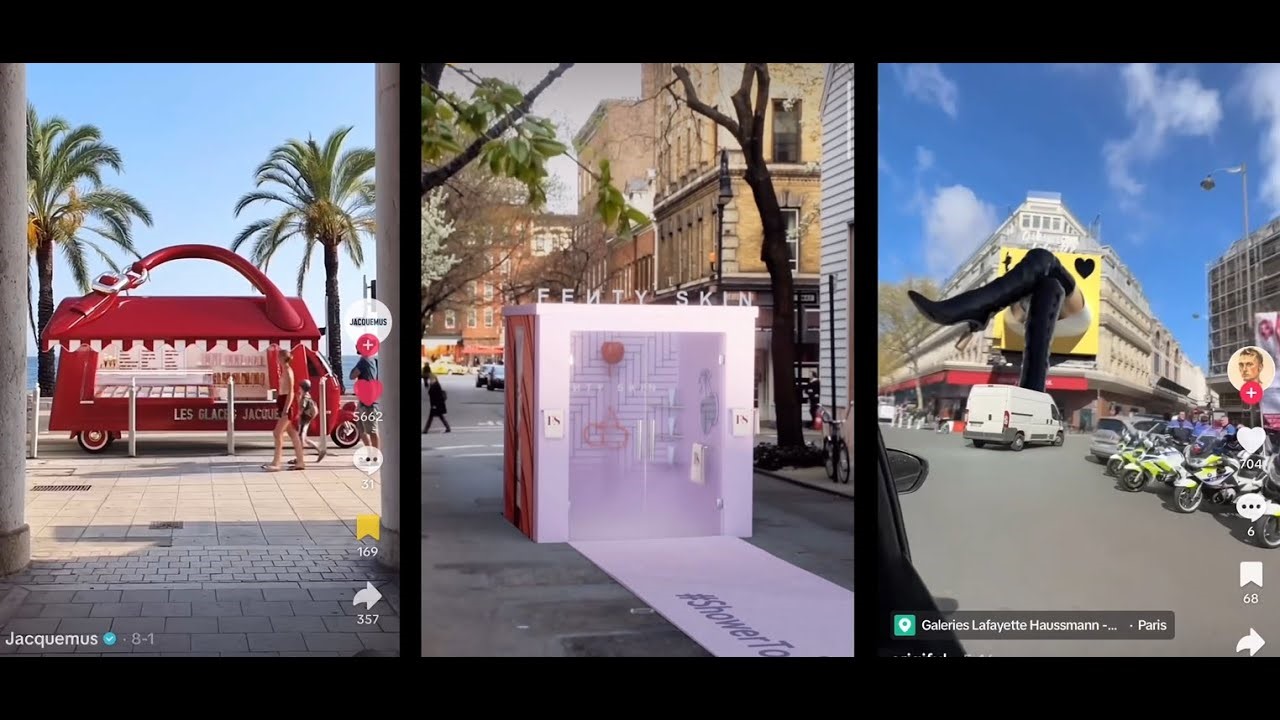
Key examples of CGI advertising in real-life campaigns enlighten how suitable this technology would be. Automotive sector brands such as BMW and Tesla majorly follow CGI advertising examples to represent vehicles in motion by managing the environment that will be impossible to shoot. Likewise, fashion sector brands are utilising CGI marketing to develop visual frameworks and online trials that make the buying experience highly interactive. With this flexibility along with innovation, it is highly evident that CGI marketing is referred to as the future of the visual content creation, enabling organisations to stand out in the highly competitive environment of the market.
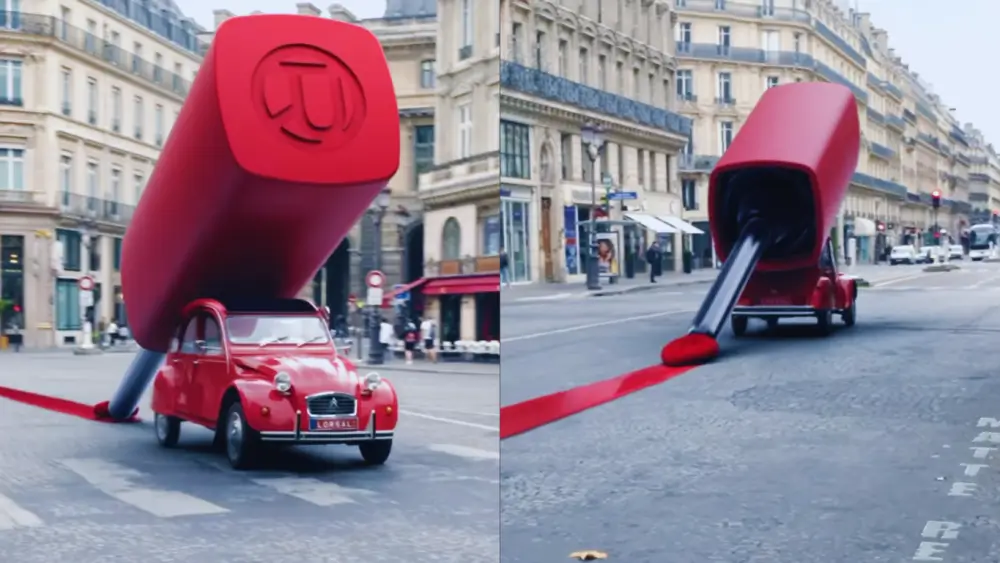
The Advantages of CGI Advertising Over Traditional Methods
One of the key benefits of CGI in advertising is its capability to provide higher terms of cost-effectiveness. Contrasting traditional photography and videography, CGI advertising does not need physical models and locations, which directly decreases the production cost factor. Organisations can develop high-quality and innovative visual content without the requirement for costly photoshoots and complex logistics which makes CGI marketing a highly effective alternative for long-term marketing campaigns.
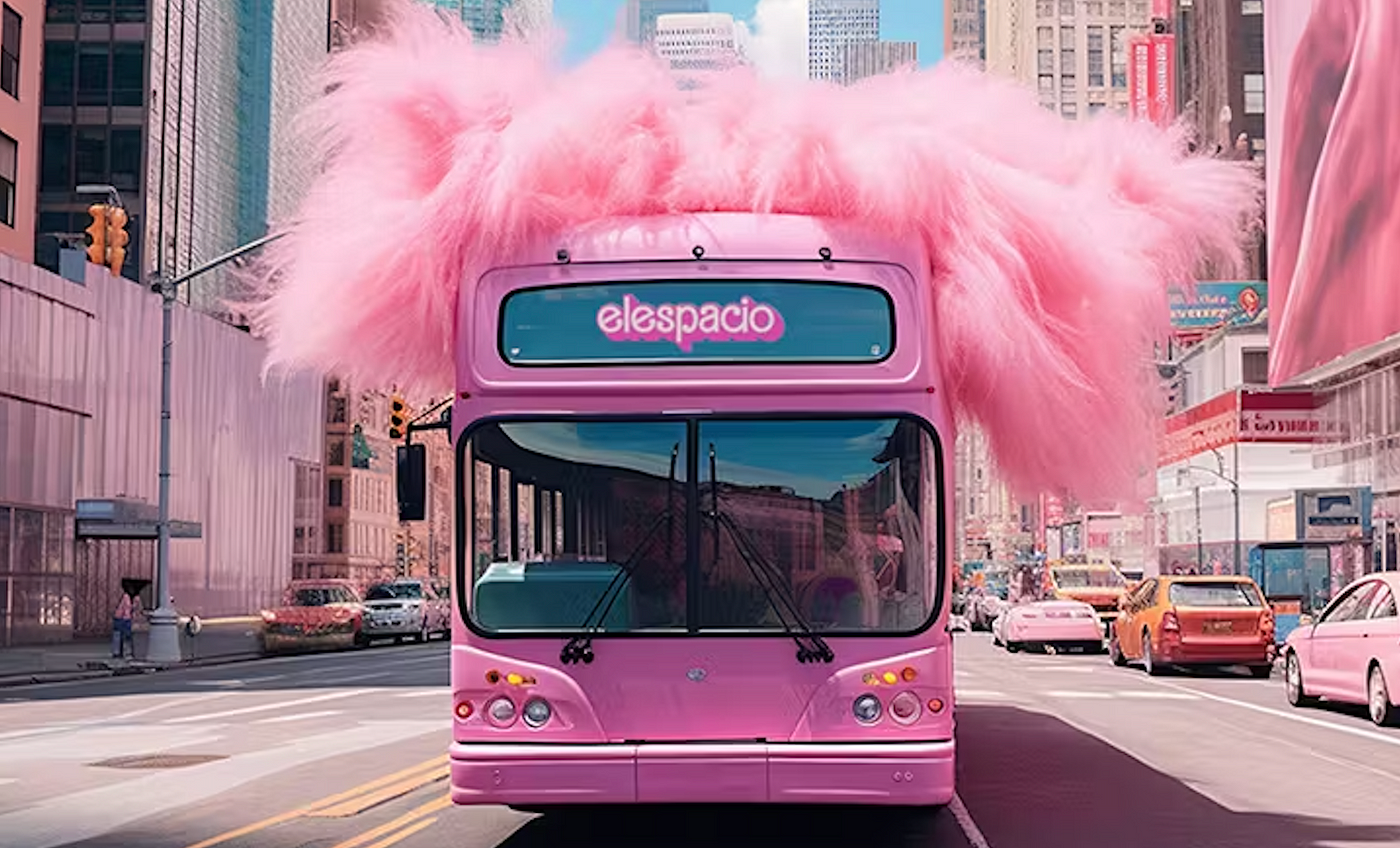
Another key benefit is the boundless creativity that CGI advertising offers. With CGI product visualization, organisations are no longer limited by real-life constraints. It includes products that are shown in innovative and imaginative environments like a virtual world. It enables brands to show their products and services that traditional methods effectively cannot accomplish.
In comparison to traditional videography and photography, CGI marketing improves the visualization of products by providing overall control to brands on each factor of the advertisement. They can operate lighting, image angles and texture to serve the best features to products and develop highly polished visuals. For organisations who are seeking to maintain their dealing in the competitive field, the benefits of CGI in advertising are evident for providing cost-efficiency aspect.
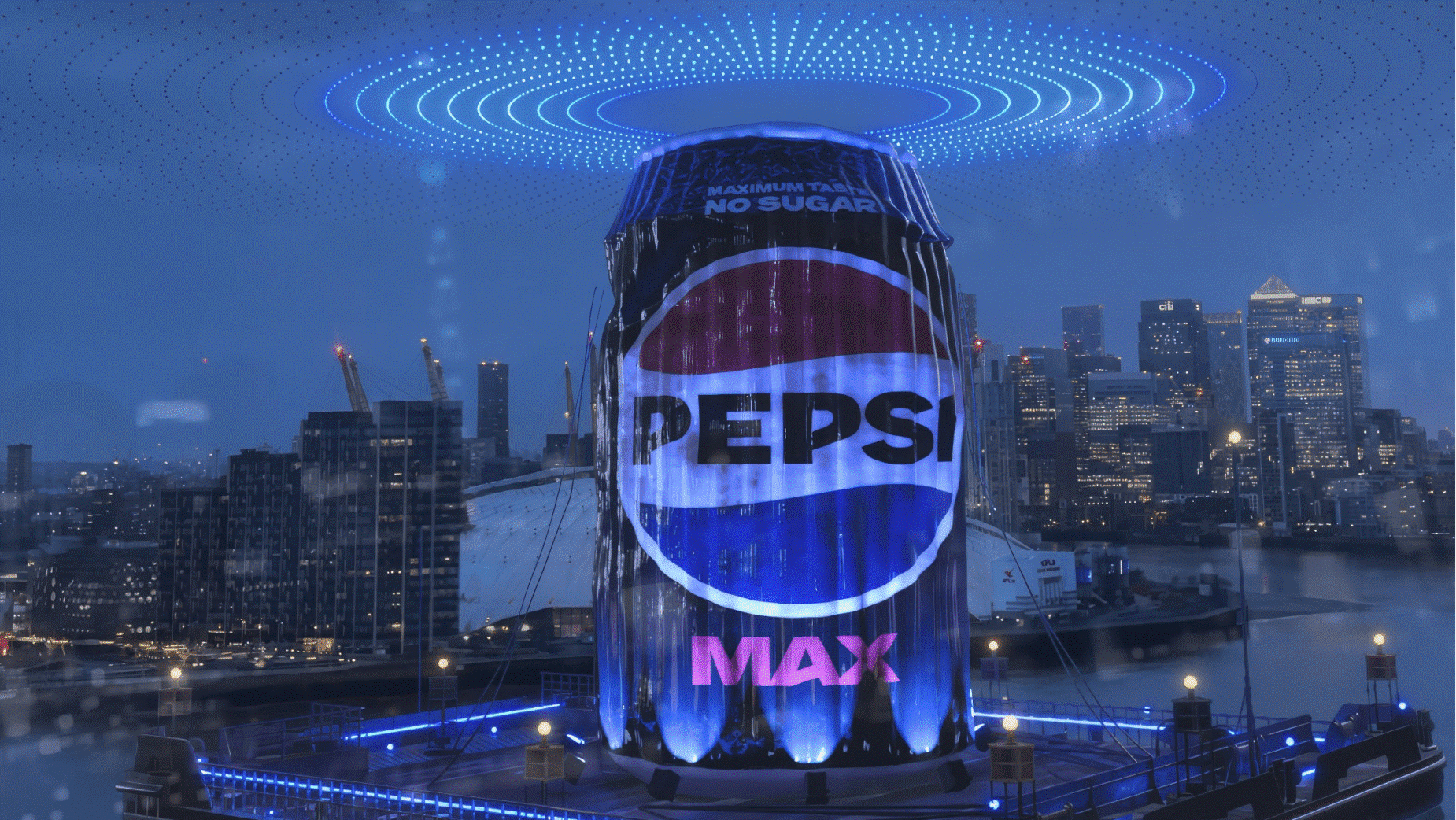
Examples of CGI Advertising in the Real World
Various leading brands have applied CGI advertising to promote their visualised content and uniquely connect with their customer base. The standout example is Nike, which used CGI advertising to develop dynamic and futuristic visuals for its product campaigns. The capability to highlight products is virtually eye-catching, digital environment has supported Nike to stand out in the crowded sportswear field of the market area. Likewise, Ikea utilises CGI product visualization to develop overall room sets for their website, as well as, catalogue for saving time and resources while providing customer base photorealistic images of the furniture in the customizable fields.
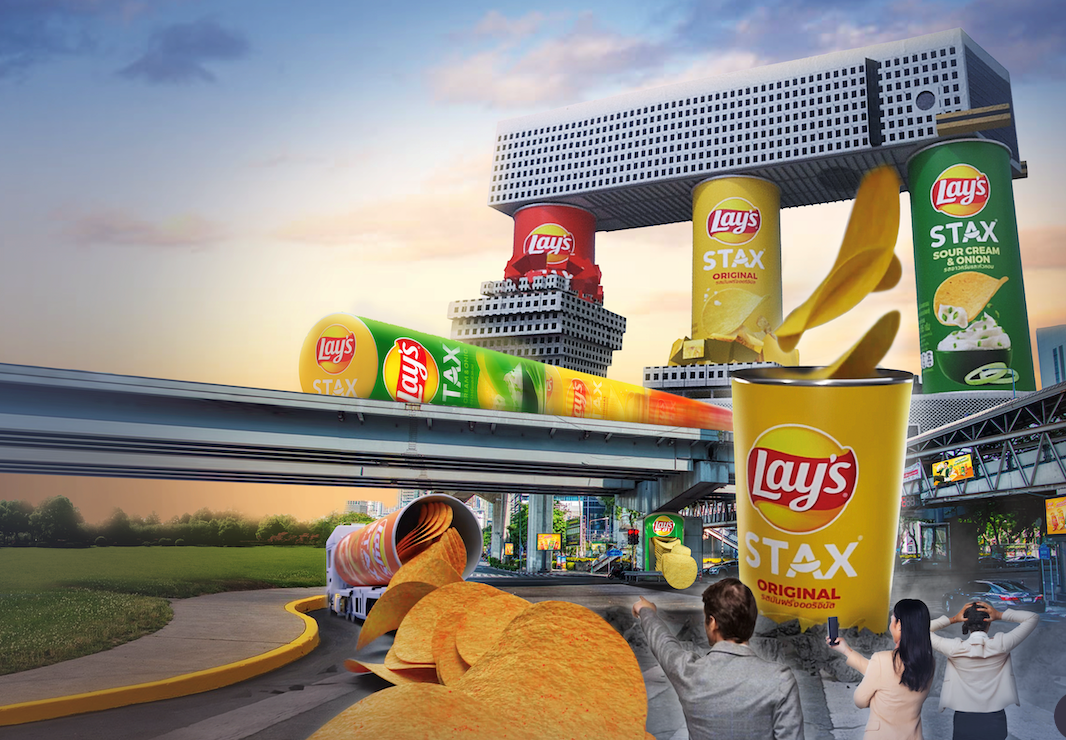
Coca-Cola is referred to as another effective brand that has promoted CGI advertising examples to develop unforgettable campaigns. In their holiday advertisement, the brands utilised CGI to develop innovative worlds that are highly impossible to copy with traditional methods. This sort of the visual content creation highlights the key layer of innovation and storytelling that relates to the audience base.
Such CGI marketing trends enlighten how organisations can maintain the power of digitalised imagery to involve a customer base and develop unforgettable marketing campaigns. By utilising CGI advertising examples, organisations such as Nike, Coca-Cola and Ikea have been capable of developing visually eye-catching advertisements that fascinate their target customers and set new policies in marketing.
Challenges and Limitations of CGI Marketing
While CGI marketing provides various key benefits, it also includes key issues that organisations are required to consider. One of the key concerns is the risk factor of losing human relations in marketing advertising. With CGI advertising, the formalized representation of the products and services can effectively feel highly artificial along impersonal directly leading to major issues over authenticity. The customer base faces a struggle to relate to the advertisement that how highly polished, as they may question if the products and services will look a similar way in the real world.
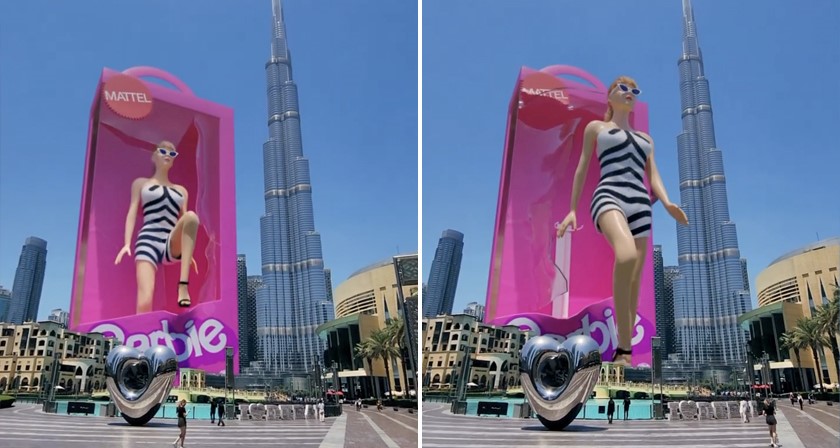
Another key barrier is dependence on CGI marketing can lessen the emotional involvement that traditional real-life visuals can provide. Some customer bases majorly prefer to see real products, people and locations in advertisements, as it promotes the sense of trust factor. Overutilisation of CGI advertising can develop the view that the management is hiding something in managing the quality of the product.
Moreover, there is the learning curve and price factor related to the adoption of CGI marketing technologies and tools that can be a challenge for various smaller organisations. Despite such issues, organisations that maintain CGI with reliable storytelling can prevent such issues and develop effective campaigns that directly relate to their target customers.
Future Trends in CGI Advertising
The future of marketing with CGI is effectively set to suitably become highly innovative as new sources of technologies arise. One of the key trends is the growth of the visualization of realistic products are reduced with this exactness that they are highly indistinguishable from the real-world things. This section of comprehensive sources improves customer base trust and involvement, generally in sectors such as fashion along automotive. Another trend is the growth of interactive advertisements, where the customer base can be involved with CGI-generated products in real time and discover virtual environments.

As CGI marketing trends continue to develop, brands majorly expect to push their limits of creativity by mixing CGI with AR and VR. It will enable immersive and involving advertisement experiences. The sector is moving forward towards the future where CGI marketing effectively becomes the key standard for organisations who are seeking to fulfil the developing demand for engaging, innovative and flexible visual content.
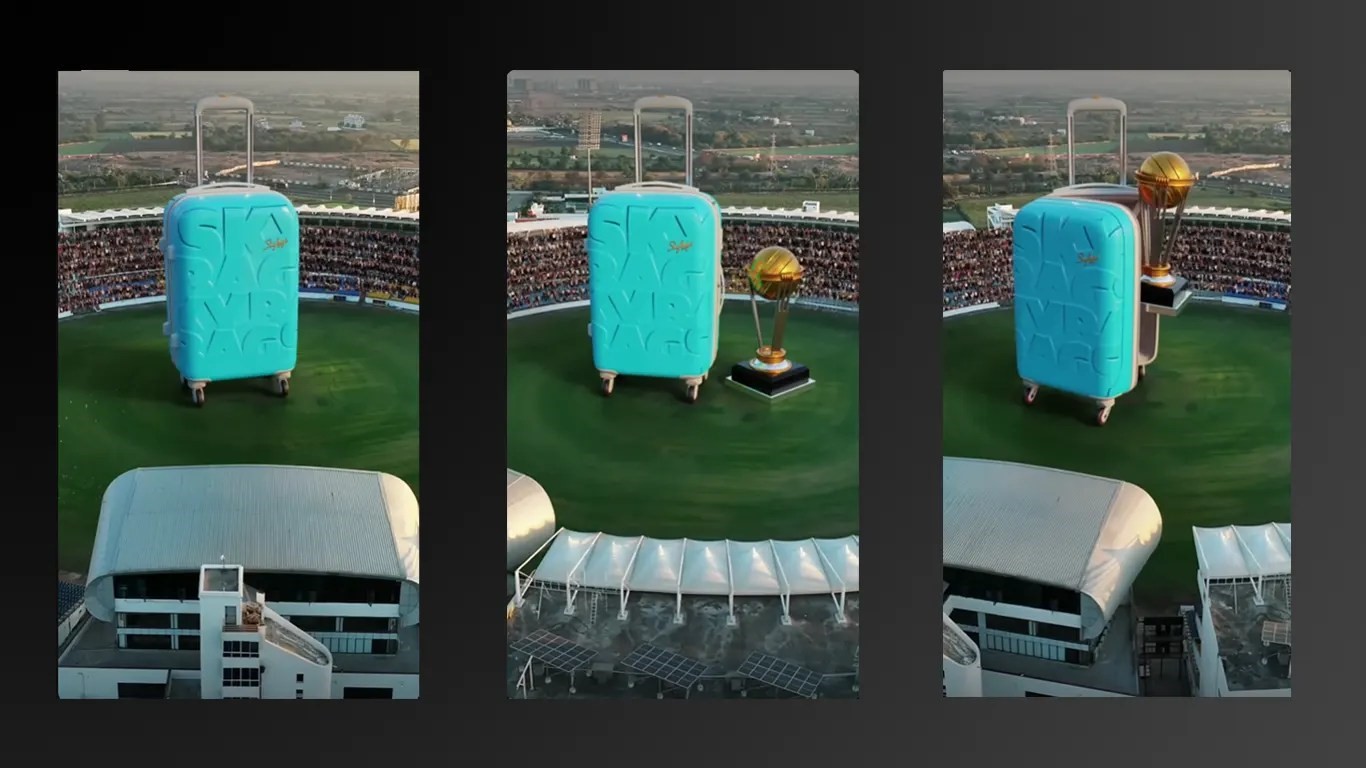
Conclusion
From the above analysis, it has been concluded that CGI marketing has modernised the advertising environment, providing brands with a key way to develop highly comprehensive and innovative visual content that directly relates to the target customer base. The benefits of CGI in advertising, like cost-efficiency, limitless creativity and scalability make it an effective tool for marketers across sectors. With the developing demand for immersive, as well as, engaging experiences, organisations adopt CGI advertising to directly stand out in the dynamic market area by developing innovative and realistic advertisements.
As CGI marketing trends continue to develop, incorporating this technology into their marketing tactics is significant for staying highly competitive in the market area. Brands that promote CGI will improve their overall visual storytelling and also fulfil customer base expectations for the cutting-edge benefits of visually striking marketing campaigns.
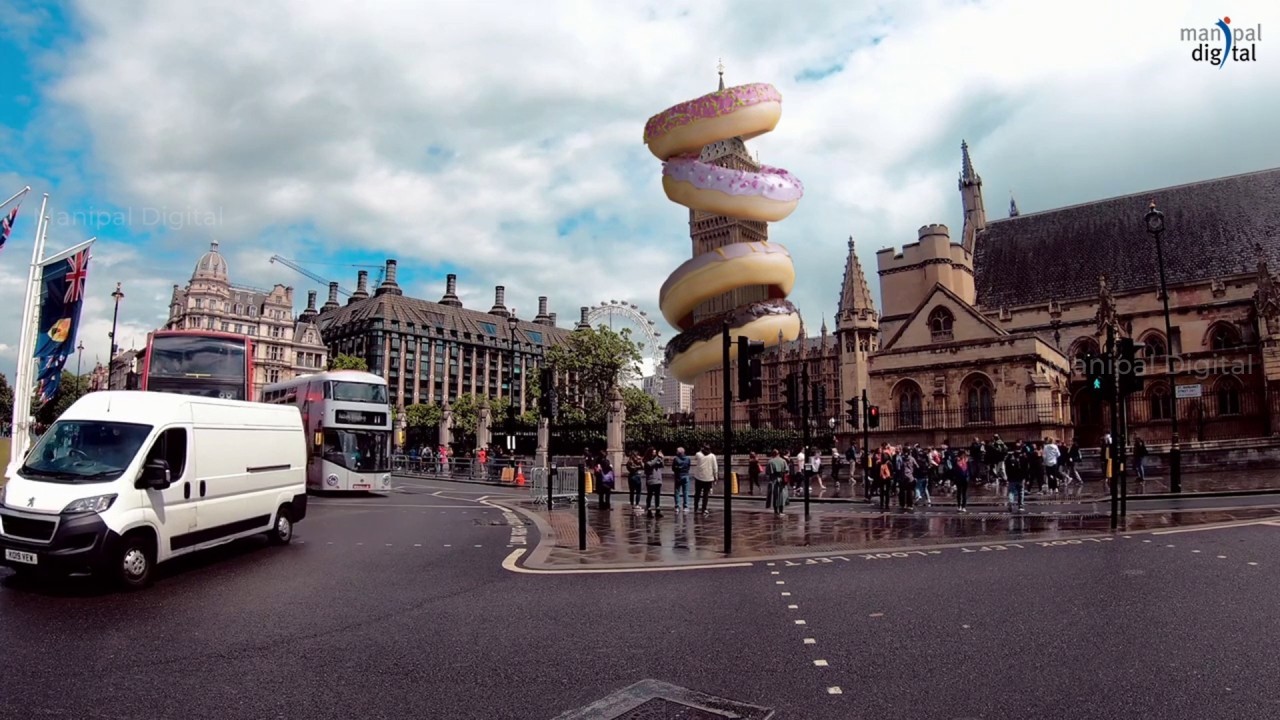
FAQ
Q.1: What is CGI advertising, and how does it differ from traditional advertising?
CGI advertising is termed the utilisation of computer-generated imagery to develop visual content for achieving marketing goals. Contrasting traditional advertising that depends on photography and videography of real-life things, computer-generated imagery enables organisations to develop imaginary images without any physical barriers. This flexibility directly ensures organisations suitably visualize the framework that might be expensive to develop in reality.
Q.2: What are the benefits of using CGI in marketing?
The advantages of CGI in promotion cover improved creativity and cost-effectiveness. It enables organisations to develop effective visuals without any logistical barriers related to the updated filming on renting locations. Moreover, it allows organisations to experience diversified design and colour, offering limitless innovative opportunities. It also enables simple updates along with adaptation of the virtual content across several channels to ensure continuous messaging.
Q.3: How does CGI impact consumer perception and engagement?
CGI marketing directly affects customer base views by developing visually eye-catching and innovative advertisements that hold attention. Moreover, there are key concerns over reality if the customer base feels that the CGI depictions are excessively excessive. Managing an effective balance between realism and imagination is significant for developing trust factors. When it is done suitably, CGI can improve involvement by providing immersive experiences like interactive promotions that enable the customer base to explore items and services dynamically.
Q.4: What trends should we expect in the future of CGI advertising?
The future of marketing with CGI is majorly seen as maximised utilisation of realistic products and service visualization, as well as, interactive factors. As technologies such as AR along VR highly become dominant, organisations will have key opportunities to develop immersive terms of experiences that involve a customer base on a deep level. Moreover, development in the following technology will continue to enhance the quality and effectiveness of CGI production making it a highly significant factor in contemporary marketing tactics.

